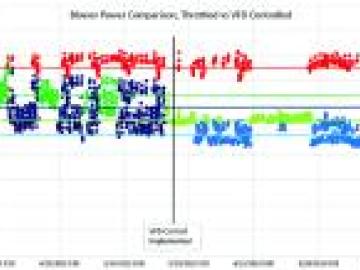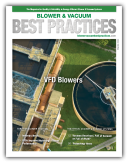Aeration Blowers at Weftec 2023
Weftec 2023, a leading event for industrial and municipal wastewater treatment facilities took place October 2-5, 2023 at Chicago's McCormick Place. The objective of this article is to provide readers with a sampling of aeration blower technologies on display at the show. We regret not being able to include all exhibitors or visits made due to article length considerations.



